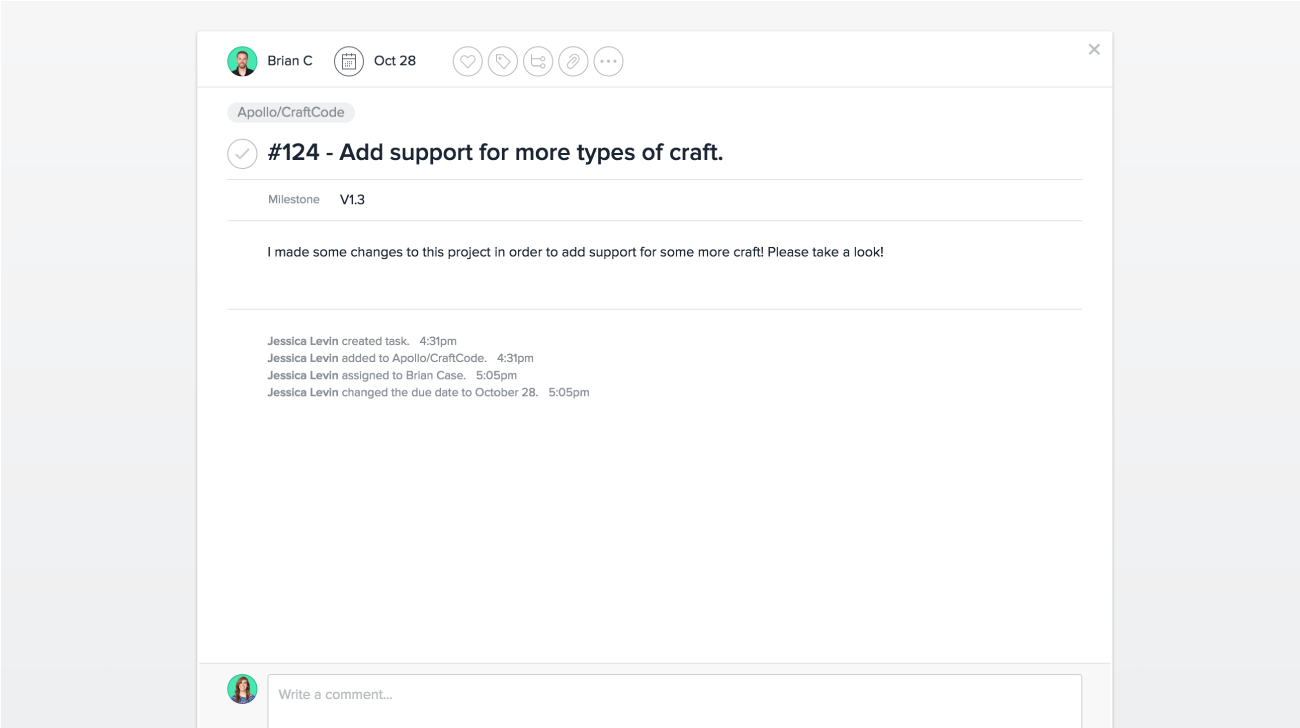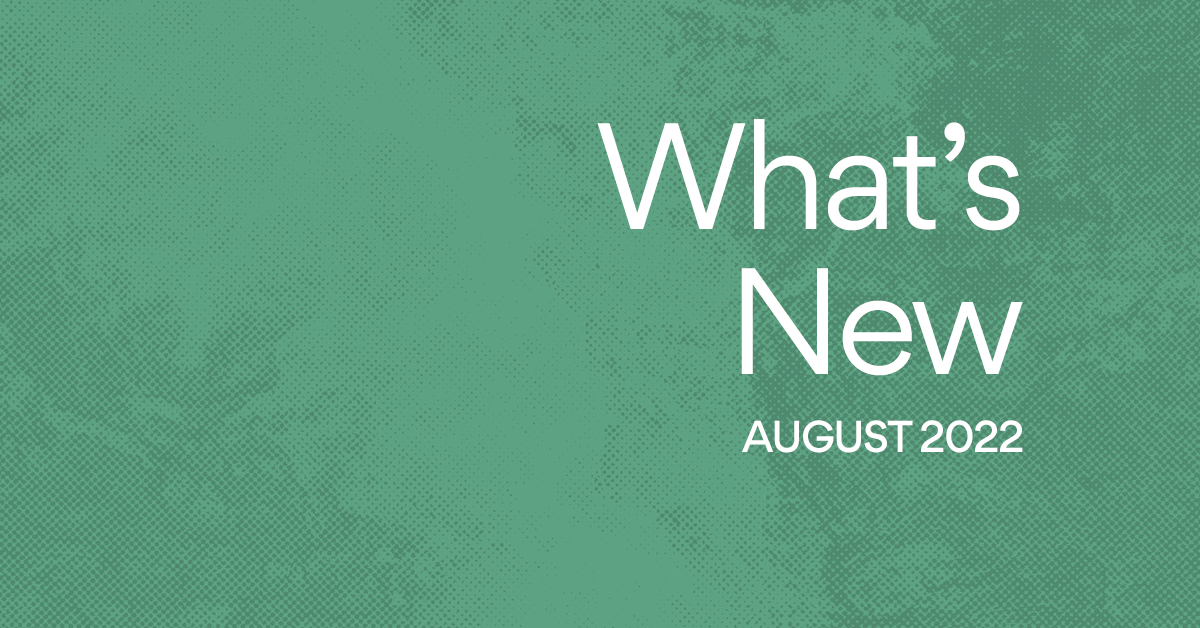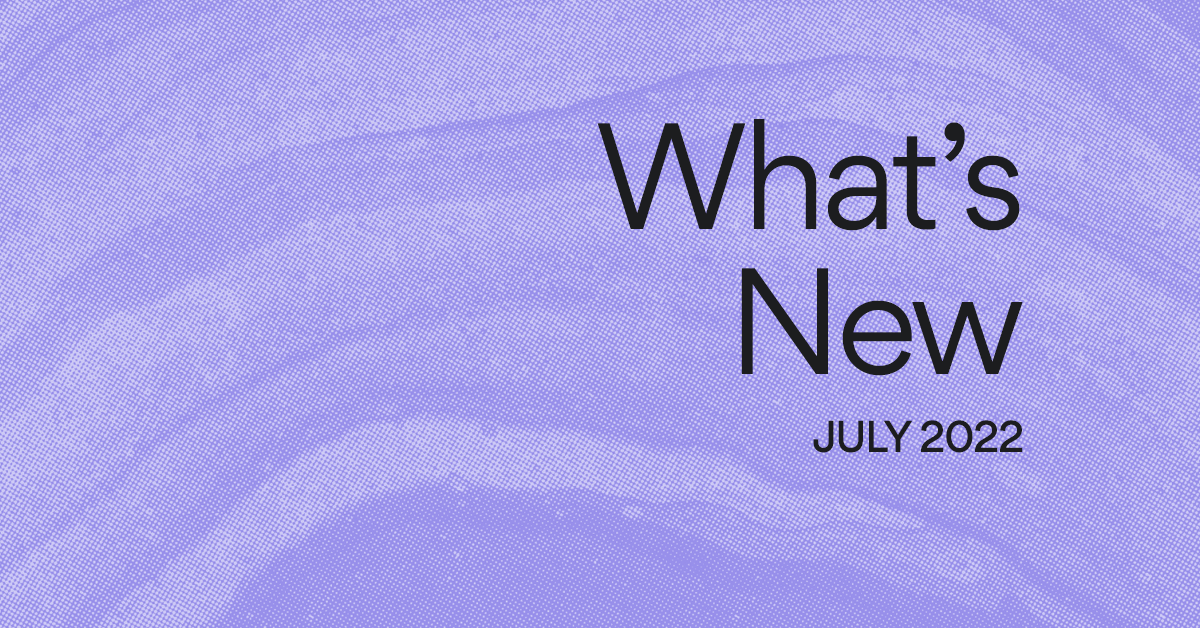Custom fields, powerful integrations: do more with our API

In case you missed it, we recently launched one of our most powerful features ever: custom fields. With custom fields, teams can track any and everything in Asana—and now you can work with custom fields in scripts and integrations with our API. You can add, edit, and remove fields to projects; build templates to organize your workflow; take action when tasks change; and use integrations with external tools.
Our partners are already trying it out to make their integrations even better. We’re excited by what’s already been built, and can’t wait to see all of the creative ways our API users make use of custom fields.
With custom fields, teams can track any and everything in Asana—and now you can work with custom fields in scripts and integrations with our API.
Sync Asana and GitHub with Unito
Recently, Unito partnered with Asana to try out custom field usage through our API. Unito built a tool that we’ve wanted for a long time: a two-way sync between Asana and GitHub.
Unito manages the synchronization between GitHub issues and Asana tasks automatically (and behind the scenes). But one of the best things about this integration is how it works with custom fields. If you have an Asana project that uses custom fields, Unito can sync those fields with information on GitHub, so that issues and pull requests become tasks in Asana with no information left behind. Track GitHub milestones in Asana, or sync GitHub labels and issue status with Asana drop-down custom fields so that both applications always show the same information.


To try out the power of this integration, connect both of your accounts with Unito, configure which projects and repositories you want to stay synchronized with each other, and you’re all set! Learn more on our apps page.

Harness the power of custom fields + Asana’s API
Unito is great for syncing information between Asana and GitHub because it’s easy to use and adjust. And now this can be the case for any integration because with custom fields, Asana users can see and edit information that comes from third-party apps, directly in Asana.
It’s always been possible for integrations to stash information on Asana tasks in a way that is completely hidden from users. Integrations could choose to interact with Asana users by setting or modifying the text in the description, but because text is so free-form, users could inadvertently break or change these when editing.
Custom fields hits the sweet spot, allowing users and integrations to cooperate with each other in exciting new ways. For example, you could use Unito to approve GitHub pull requests from inside Asana by changing a drop-down field from “Pending” to “Approved”. Or, you could build an integration with Salesforce and add custom fields to your Salesforce accounts that align with your account tracking in Asana (or vice versa). Even your events team can plan out their supply shopping by integrating with Amazon.com to pull prices, ratings, and top comments from the products in their wish list right into Asana. The possibilities are almost endless.
For more specific information about working with our API, check out our developers page.
We’ve already seen some inspiring integrations, and we can’t wait to see what other creative ways customers are making Asana and their favorite apps work together, better than ever.

